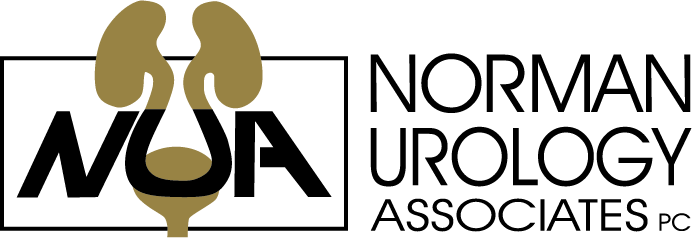How and Why You Should Perform a Monthly Testicle Exam
Identifying any type of cancer in the early stages can save lives. Testicular cancer is no exception.
A monthly testicle self-check is the best way to familiarize yourself with how your testicles normally look and feel so you notice any changes that could indicate cancer or a benign condition.
What is Testicular Cancer?
Testicular cancer is the result of cancer cells developing in the tissues of one or both testicles which then grow out of control to form a tumor. You have an increased risk of testicular cancer if you are between 15 and 35, have testicles that didn’t descend during birth, are a non-Hispanic white, have already had testicular cancer, have a family member who has been diagnosed, or if you have had issues with infertility.
Testicular cancer is relatively uncommon. According to the American Cancer Society, only about one in every 250 males develops testicular cancer in their lifetimes. The average age of diagnosis is 33. About 6 percent of cases occur in children and teens while about 8 percent occur in men over the age of 55. The survival rate depends on if and how far the disease has spread. The five-year survival rates are:
99 percent if it hasn’t spread beyond your testicles
96 percent if it has spread to nearby lymph nodes or structures
73 percent if it has spread to other organs, such as your liver
Overall, testicular cancer is very treatable and has a cure rate of almost 95 percent, especially when it is detected in the earlier stages.
Who Should Perform a Self-Exam?
Your physician should examine your testicles for any changes or abnormalities during your annual physical. Most doctors also recommend that men perform self-exams once a month starting after puberty. Although survival rates for testicular cancer are high, if you are diagnosed early, it is less likely that you will need chemotherapy. Exams have been shown to detect early-stage testicular cancer more frequently than diagnosis based on symptoms.
In addition to testicular cancer, self-exams can help you identify benign conditions such as a viral or bacterial infection, cysts, or enlargement of the veins inside your testicle.
How to Perform a Monthly Testicle Exam
A monthly testicle self-exam takes just a few minutes. The shower is an ideal place to do the exam because the warm water helps relax your scrotum, making it easier to examine your testicles.
Before you perform the exam, know that you don’t have to be concerned if one testicle is larger than the other or if one hangs lower than the other - that is completely normal. Also, keep in mind that you have an epididymis, a small, coiled tube, inside each testicle. Because it feels smaller and bumpier than the testicle it is attached to, some people mistake it for an abnormal mass.
Here's what to do:
Move your penis out of the way and examine each testicle one at a time, gently rolling them between your fingers.
Each testicle should feel firm, but not hard.
Check for any swelling or lumps, bumps, or other changes in the size, shape, or consistency of your testicles.
Feel for any hard lumps or smooth rounded masses.
Contact your physician if you notice any swelling, lumps, or other changes in either of your testicles.
Expert Urological Care in Norman
The physicians at Norman Urology are committed to providing state-of-the-art diagnosis and treatment for testicular cancer and other disorders of the urinary tracts of males and females. Our team treats every patient as a partner in their own medical care. That means we listen compassionately and demonstrate respect for each other and our patients. Contact us to schedule an appointment.
